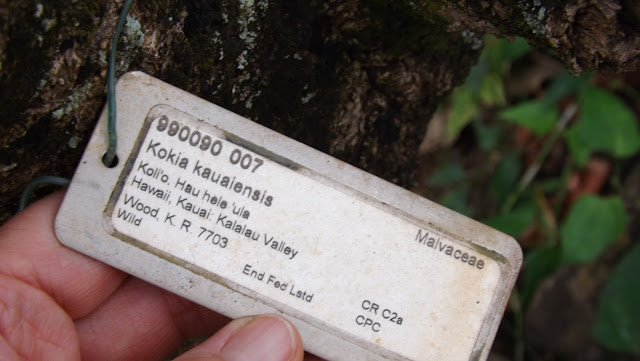Hanalei Regatta June 8, 2013
Summer time in Hanalei
Lots of things can be going on in Hanalei Bay
Royal Poinciana
The pier is finally done and
being used.
Pier complete
There
was a swim contest put on by Kauai Aquatic Swim Club. Sorry no photo; it was over by the time I
heard about it. Kore was in full
operation today making sure even folks with handicaps can enjoy the water. (Google KauaiKore)
Not everyone got to play in the water, however. This guy was dutifully waiting for Dad.
Some dogs have all the fun
Meanwhile back at the pier, these guys really don’t care
that there is a new roof, only that the construction fence is down and they have
access. Some people look longingly at
the water while others can’t wait for their next turn.
somebody just jumped - the little girl is going again
There she goes!
They can't get enough
Meanwhile on the other side, these guys go at the same time
Of course all along the bay there was plenty of swimming, splashing,
digging in the sand, boogie boarding, surfing, and Namolokama Outrigger Canoe
Club’s first regatta of the season.
The guys catching this wave on boogie boards are oblivious that they are in a race lane
Namolokama Canoe Club’s
first regatta of the season in Hanalei
Bay
Namo's tent for paddlers
Food tent and shirt sales tent are up on the grass
Officials were being really strict with the rules because
the State Races for Hawaii will be held right
here in Hanalei Bay
The official tent is set up directly in front of the start/finish line
On the five turn race you see boats coming and going
Two at right are making turns, two heading for the other end, and two coming toward the flags
The races start early in the morning with the kids and progress
more or less by age throughout the day.
So the Golden Masters don’t get to their races until after 3pm. Many tents are set up the evening
before. Other preparations start at 7am
the day of and are wrapped up by 7pm.
The hosting club usually has a food tent and a sales booth with hats,
t-shirts, water shirts, etc. with club logos.
Other clubs may also bring items to sell from their tents. I sold shirts from 8:30 – 3pm, we had a good
day.
I did go down closer to the shore to watch a couple
races. The women’s novice group or first
year women and also for the 60s guys.
The novice girls' race - Namo (on right) had problems and got a very late start
They may have gotten their clock's cleaned, but learned a valuable lesson about start protocol
60 guys warm up
Open guys out - 60s guys in
Hanalei has advantage on start
Namolokama 60s guys did the clock cleaning on this one - no one else near the finish
Beautiful timing!
Father’s Day - June 16, 2013
We paddled at 8:00 am on Father’s Day. The sky was
turbulent; we had sun, sprinkles and hard rain on our parade – we love it! The bay was calm and the water was so clear I
resolved to snorkel after we all went to breakfast.
Pali Ke Kua – my favorite
snorkel spot. Gil surprised me and decided to go too.
The sandy area far right is where Shawn got married three years ago - already!
I didn't even see the dog going for the stick yet
Great entry and dry off spot
The mist hanging on the left cannot even be considered rain
And he's back - he never stopped the whole time we were there
I had heard barking when I was out snorkeling, he was out there, too!
Gil got these close ups. We were thrilled to have clear water. Summer is the best.
Tear-drop Butterflyfish
4-5” - it's like looking through glass at him.
Square-tail File fish, about 7”
I got these big guys heading for their favorite channel. They are about twenty feet away.
The Ember or Redlip Parrotfish on left is about 28” and the biggest of the Bluespine Unicorns upper right, is almost as big. Remember fish measurements do not include the tail.
We remembered suddenly that our friends’ rock band was
playing at Princeville in the Park – we dashed overt with our chairs.
Concert at Princeville at the Park
HAPA
Our friend Debra and her gang of retired studio musicians with amazing backgrounds
Classic Rock at its best
Jerome on drums and this number had Deb on tambourine instead of base guitar

















































